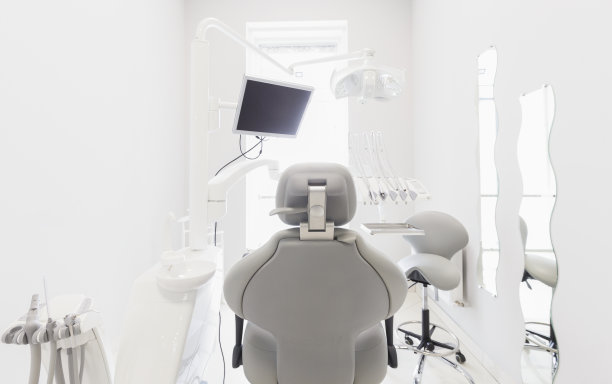Essential Precautions to Take Before and After Receiving Dental Fillings for Optimal Oral Health Maintenance
Summary: Receiving dental fillings is a common procedure aimed at restoring dental health, but proper precautions before and after the treatment are essential for optimal results. This article outlines four critical areas to consider: understanding the procedure and its implications, ensuring efficient recovery through post-operative care, maintaining effective oral hygiene practices, and recognizing potential complications and how to address them. By paying attention to these aspects, patients can protect their oral health and enhance the longevity of dental fillings.
1. Understanding the Procedure and Its Implications

Before undergoing a dental filling procedure, its crucial to understand what it entails. This includes knowing the materials used, the duration of the treatment, and the process involved in filling a cavity. Most fillings are made from composite resin, amalgam, or porcelain, and each material has specific properties. Patients should consult with their dentist about the best option suitable for their individual dental situation.
Additionally, its important to consider the reasons for the filling. Cavities can arise from poor dental hygiene or dietary choices and may cause pain or sensitivity if left untreated. Engaging in a discussion with your dentist about the implications of untreated cavities can motivate better oral hygiene practices.
Being informed about the procedure also aids in alleviating anxiety. Many patients feel apprehensive about dental visits; understanding the step-by-step process removes uncertainty and creates a more comfortable experience.
2. Ensuring Efficient Recovery Through Post-operative Care
Once the dental filling has been completed, the recovery phase begins. It’s important to follow your dentist’s instructions for post-operative care closely. Avoid eating until the numbness from the anesthesia wears off to prevent biting your cheek or tongue. Sticking to soft foods for the first few days can also minimize discomfort and allow the filling to settle properly.
Practicing good oral hygiene is crucial after receiving fillings. Gentle brushing and flossing can help remove food particles without aggravating the area. Patients should wait to use mouthwash that contains strong alcohol, as it may irritate the sensitive gums post-treatment.
Lastly, monitoring any discomfort after the procedure is essential. Mild sensitivity is normal; however, if pain persists or increases, a follow-up appointment with the dentist is warranted to address any complications early on.
3. Maintaining Effective Oral Hygiene Practices
Maintaining oral hygiene is paramount both before and after receiving dental fillings. Since fillings can be susceptible to decay, the foundation of good dental health lies in robust oral care routines. This includes regular brushing at least twice a day, flossing daily, and using mouthwash as part of a comprehensive dental care regimen.
Additionally, dietary choices play a significant role in oral health. Limiting sugary snacks and beverages helps prevent new cavities from forming. Instead, opting for calcium-rich foods and high-fiber snacks can strengthen teeth and promote overall oral well-being.
Regular dental check-ups are also a key component in maintaining fillings and overall oral health. A professional cleaning every six months ensures plaque build-up is managed, and any potential issues can be addressed before they escalate, thereby extending the life of existing fillings.
4. Recognizing Potential Complications and Addressing Them
Despite taking precautions, complications can arise after receiving dental fillings. Patients may experience sensitivity, which can last for several weeks. If sensitivity becomes severe or is accompanied by swelling or pain, it’s vital to consult a dentist to rule out issues like faulty placement or recurrent decay.
Some fillings may become loose over time. Regular self-checks can help identify if a filling feels different from surrounding teeth. If there’s a noticeable change or if food gets trapped more easily, seeking prompt dental attention is recommended.
Lastly, knowing the signs of an allergic reaction to filling materials, though rare, is essential. Symptoms may include localized rash, itching, or swelling. Identifying these signs early means timely intervention can be sought, ensuring optimal oral health safeguards are maintained.
Summary:
In conclusion, the journey of receiving dental fillings significantly benefits from careful consideration and precaution. Understanding the procedure aids in managing expectations, while diligent post-operative care and effective oral hygiene practices foster recovery and extend the life of the fillings. Being aware of potential complications and knowing how to address them further contributes to optimal oral health maintenance.
This article is compiled by Vickong Dental and the content is for reference only.


